“It’s been an incredibly tough year for many of our customers, and we have been determined to do everything we can to help.” That was the key takeaway from Tesco CEO Ken Murphy this morning, as the UK’s biggest grocer delivered its annual results.
The results were essentially solid. Tesco registered a 5.3% increase in group sales to £57.7bn. The retailer’s statutory profit before tax halved during the year to 25 February, but that’s to be expected in a cost of living crisis.In fact, any growth in profits would go down like a lead balloon as households struggle to afford food and producers face ever-tighter margins.
Yet accusations of profiteering still came thick and fast. “Tesco’s profits are another example of excessive profiteering fired up by astonishing corporate greed. It’s this rampant profiteering which is driving inflation, and cranking up the cost of living crisis for workers and their families,” fumed Unite general secretary Sharon Graham.
Unite’s anger will shock no-one, but more surprising was that Which? head of food policy Sue Davies waded in with similar comments. “Tesco is doing very well during the cost of living crisis while millions of its customers struggle to put food on the table due to soaring grocery price inflation,” she said.
That a company can make £1bn profit in a year is seemingly enough to infuriate some people. As Murphy pointed out this morning: “We are a business at the end of the day.”. And the arguments from Unite and Which? miss the huge positives Tesco brings in terms of boosting the economy and providing employment opportunities.
But it seems an odd time to make these arguments at all. The big fall in Tesco profits was mainly down to a £982m non-cash impairment charge on non-current assets – primarily property – fuelled by an increase in interest rates. But even on an adjusted basis, its operating profit fell 7.1%. And that came in the context of a record year of cost savings. Murphy added.
He argued Tesco was getting the balance right between helping shoppers through the cost of living crisis, supporting staff with an around 15% increase in pay over the last 18 months and supporting its suppliers through unprecedented inflationary pressures.
And for the most part, Tesco seems to be on top of its game. Murphy argues its combination of everyday low prices, Aldi Price Match and Clubcard Prices means it is as competitive as it has ever been and has effectively “removed the need to visit a discounter”.
Clubcard Prices, in particular, is seen as a huge success. So much so that this week we saw Sainsbury’s launch its own version in the form of Nectar Prices (it has, of course, already followed down the Aldi Price Match road).
Murphy was asked if Tesco would be looking for a new strategy to stay unique. His response? A simple no.
The fact is, Tesco is way further down the road than rivals in creating a properly personalised promotion strategy for its shoppers through Clubcard Prices and the Clubcard app, which now has 11.7m users.
Tesco said it had achieved a record supplier satisfaction score of 86.6% during the year and has ranked number one in the Advantage supplier survey for the seventh consecutive year.
Granted, these surveys may have been compiled before last month, and the rather clumsy way it introduced suppliers to plans for new fulfilment fees for online deliveries and supplying independent retailers through its Booker wholesale arm. But even here, Murphy said buy-in was good.
“I think there has been an acceptance from suppliers they have had a free ride when it comes to online fulfilment for a number of years,” he explained. “We are having good quality conversations with suppliers and are confident it will be successful.”
In terms of inflation, the UK grocery sector remains a hugely competitive space and Tesco, along with all retailers, has been scrutinising cost price increase requests from suppliers to a forensic level.
As this pressure eases off towards the end of the year, it will surely be paying the same amount of attention to where prices can come down. If shoppers don’t start to see prices falling at that point, some of these naysayers may have a case.



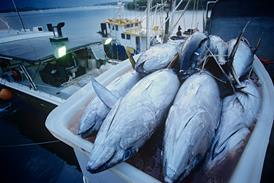
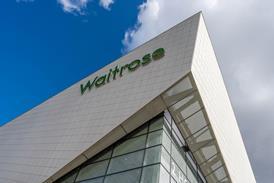



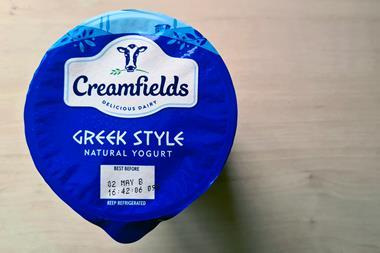
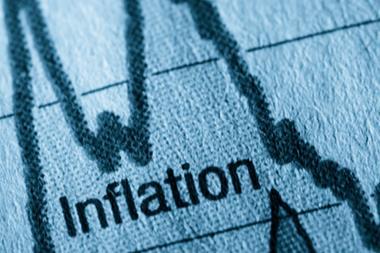
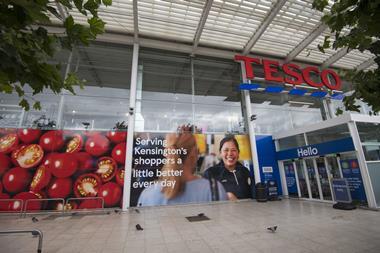




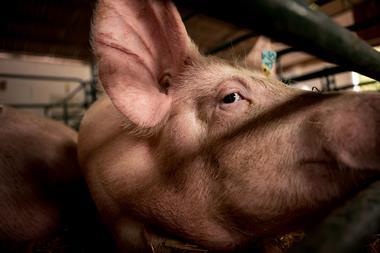


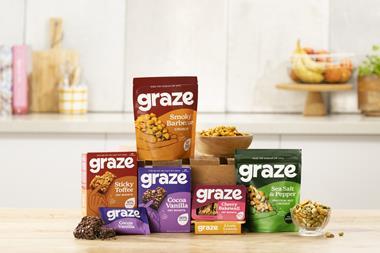
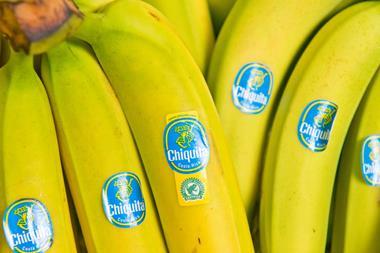
No comments yet